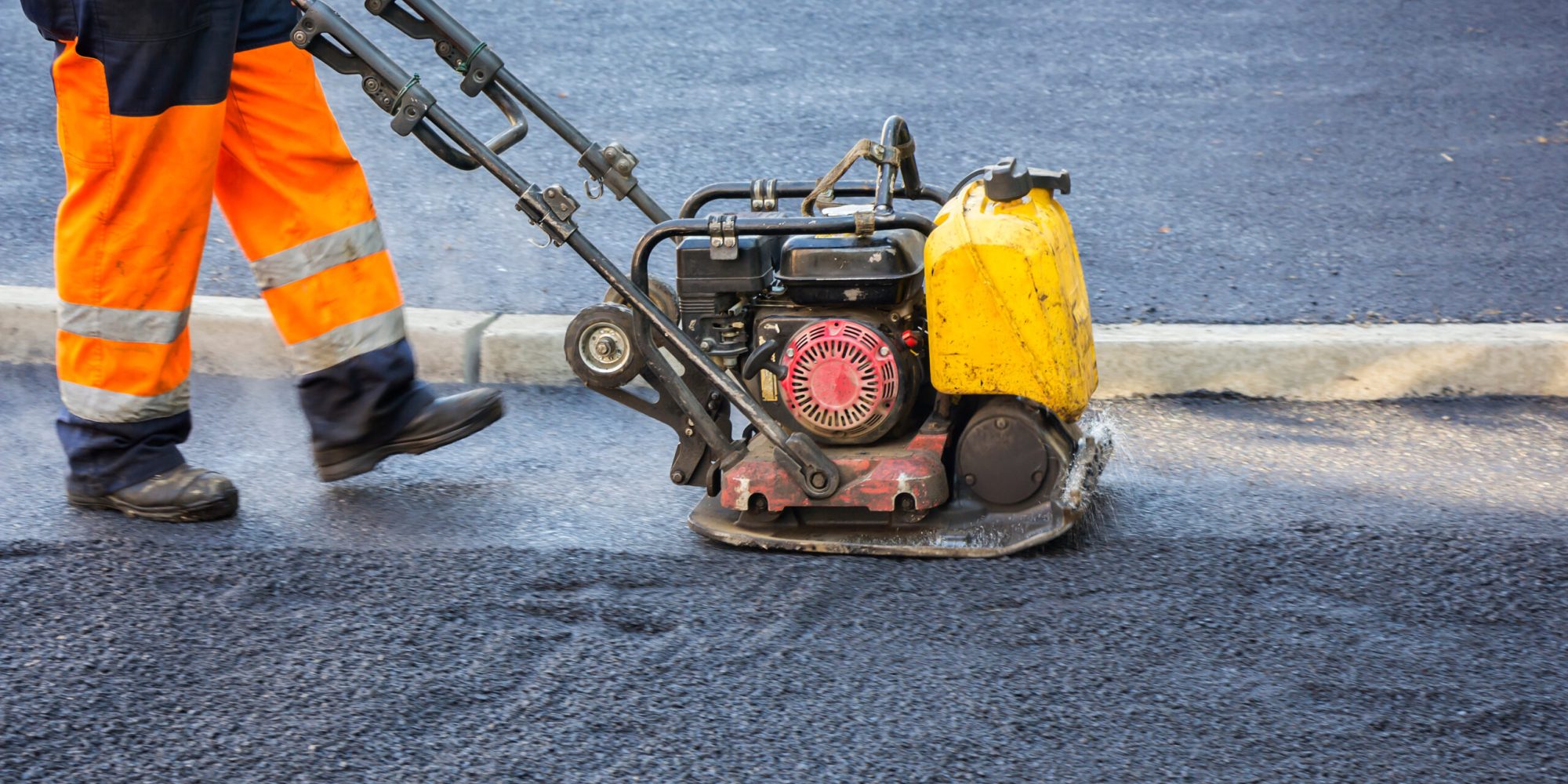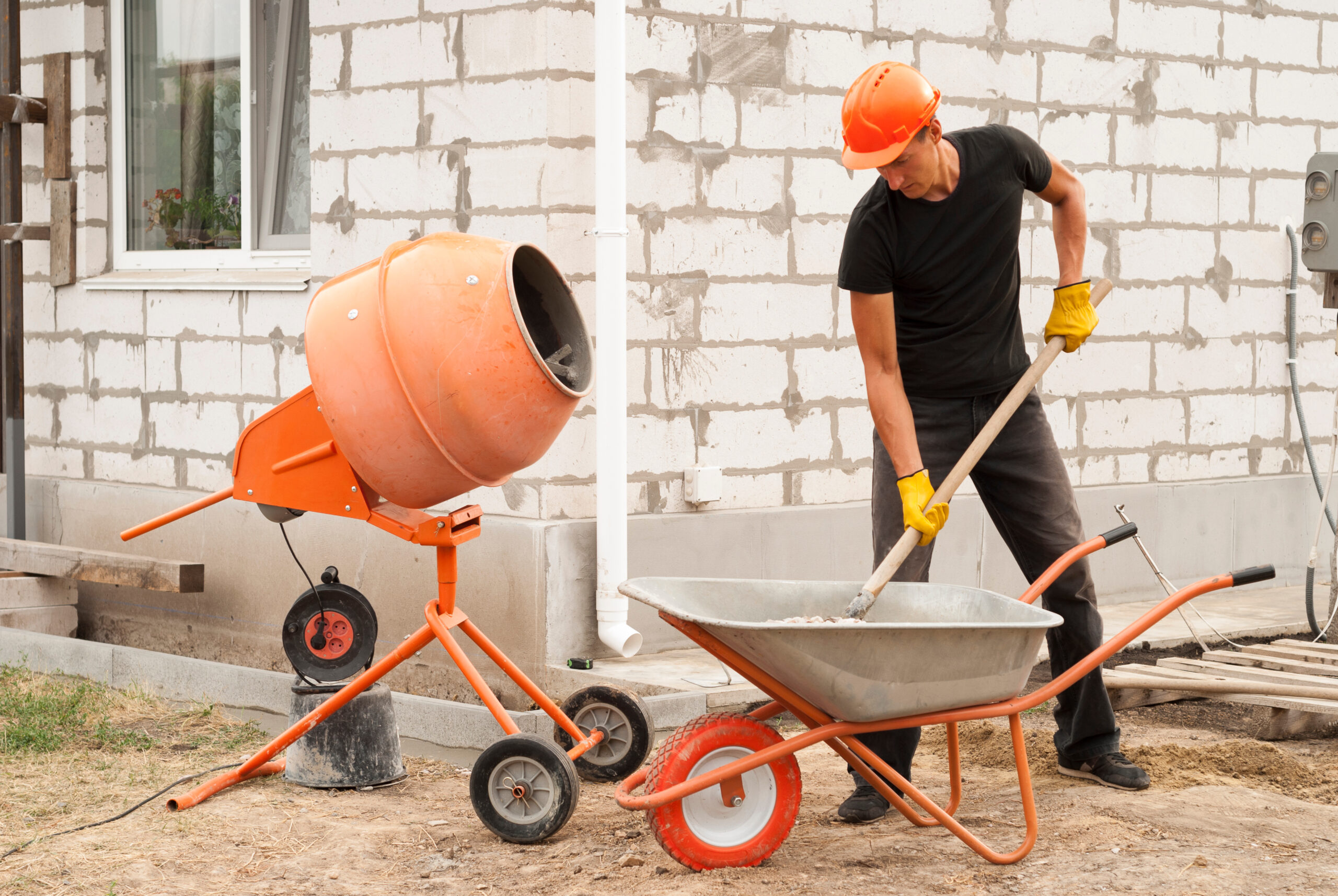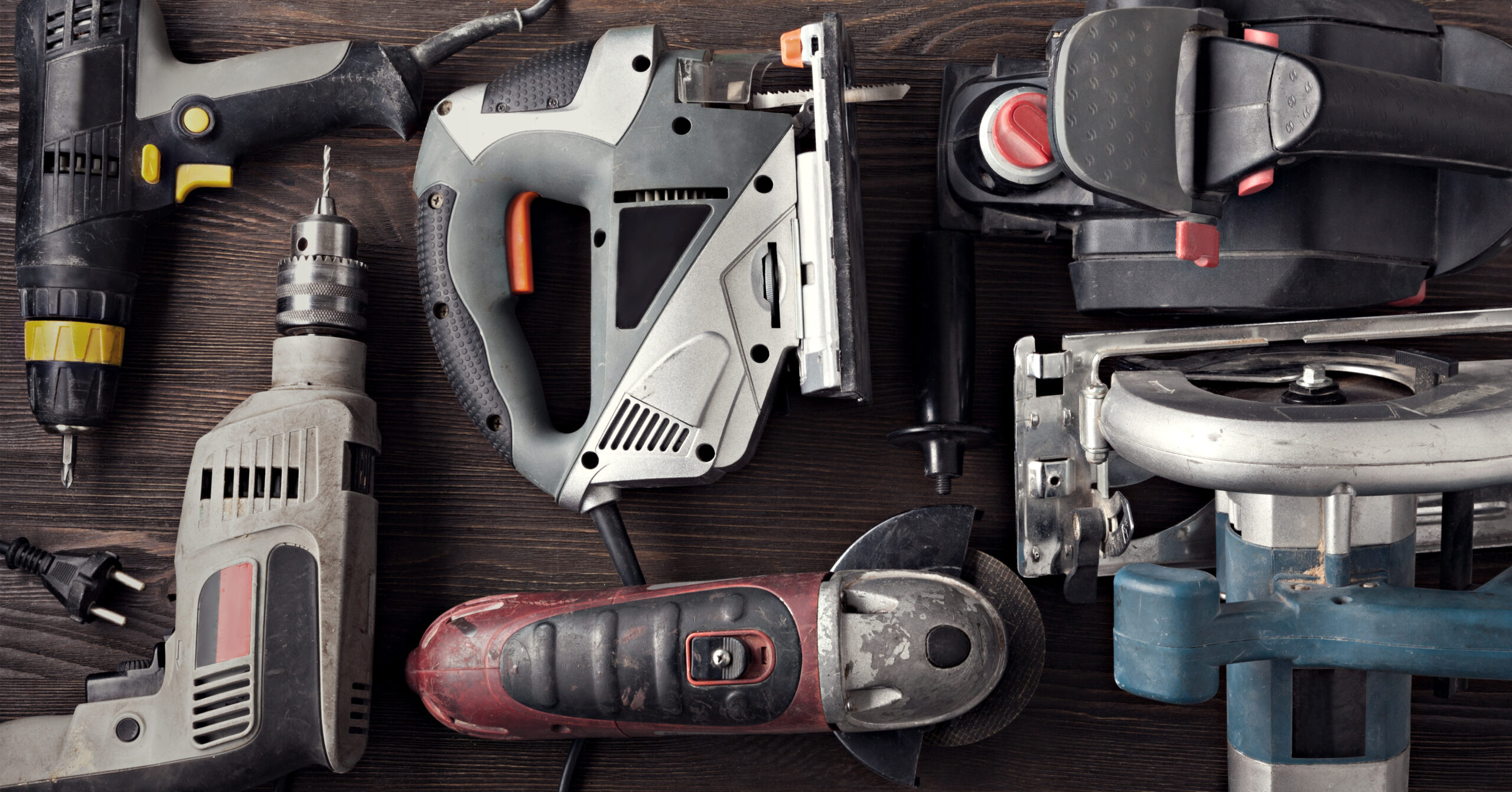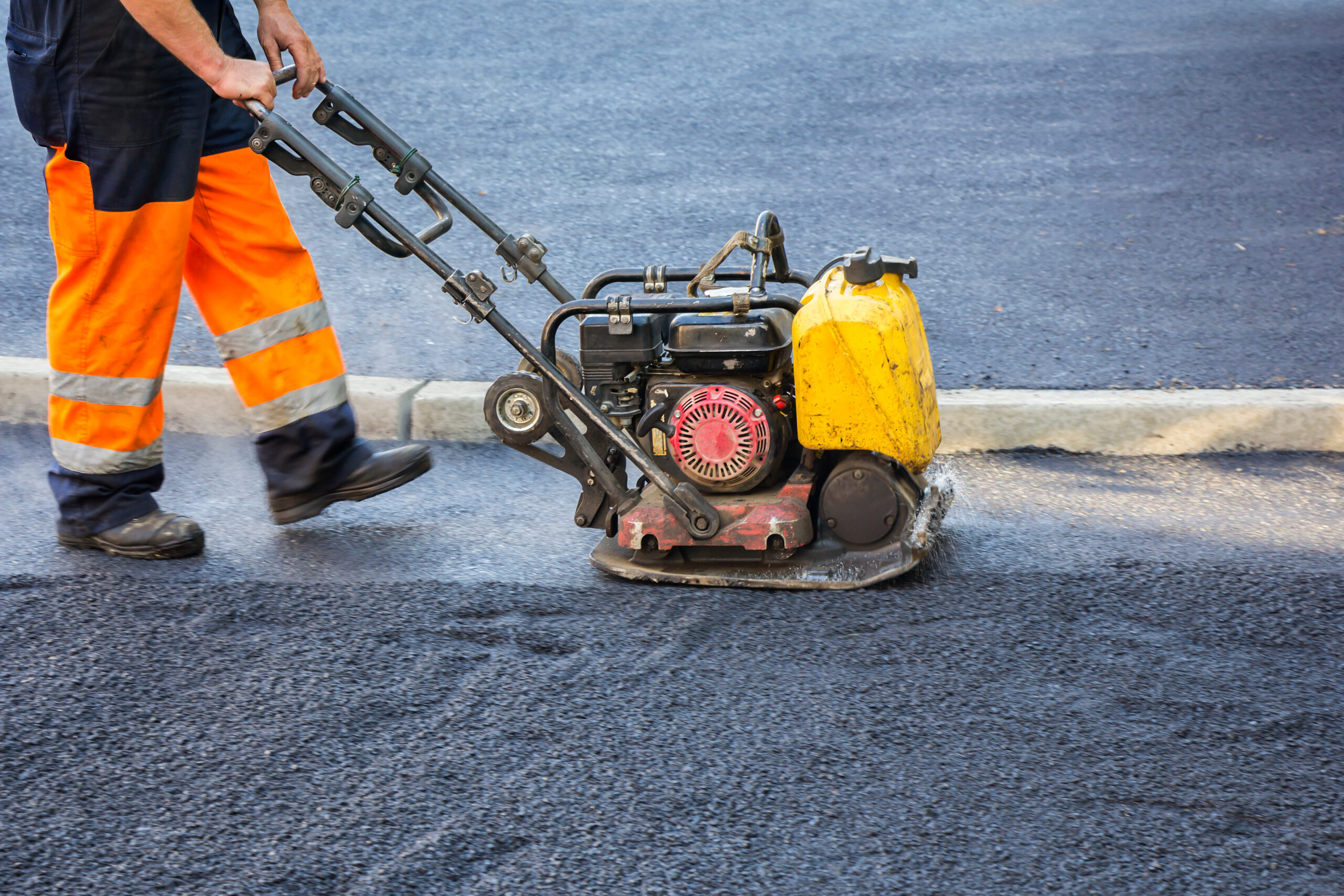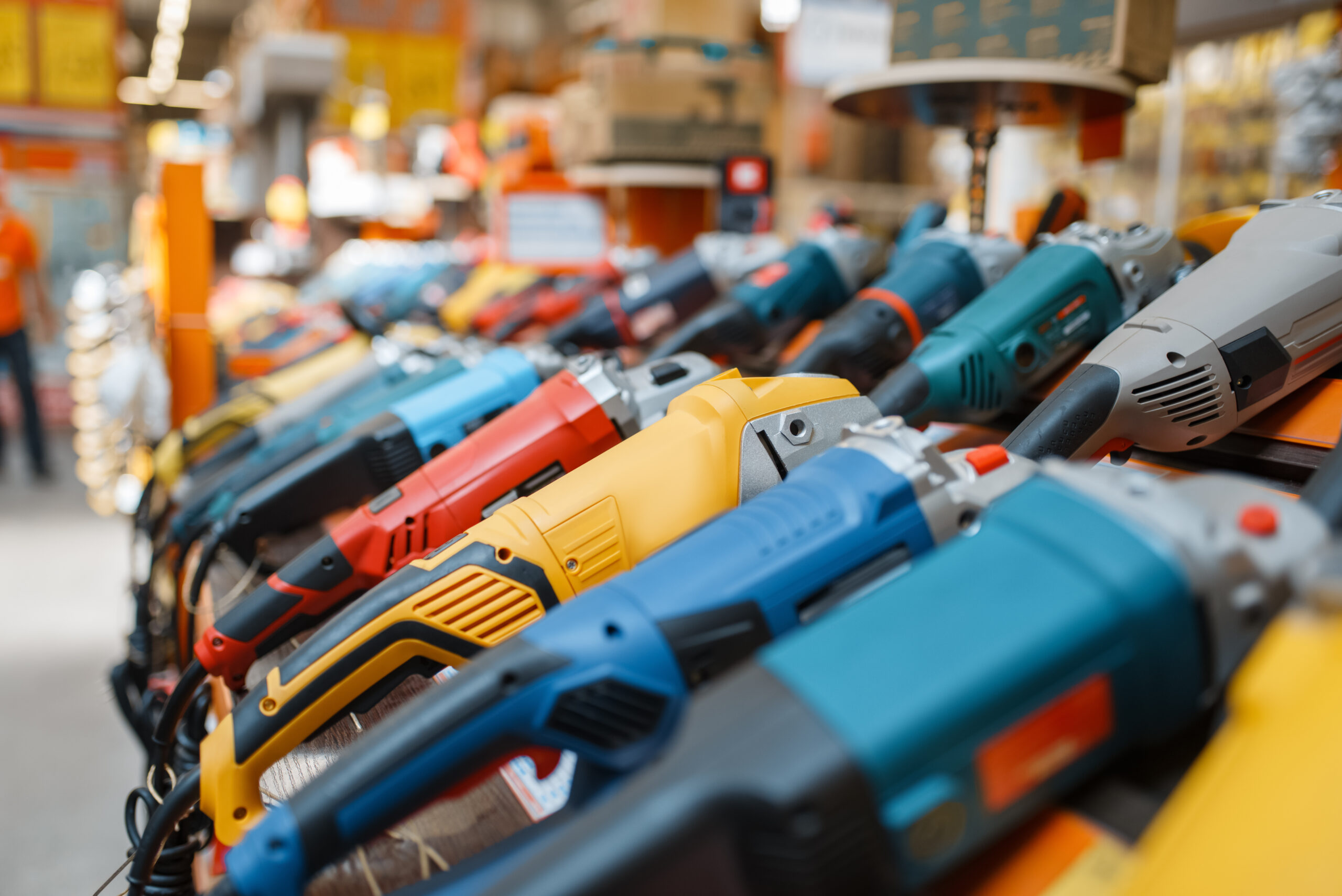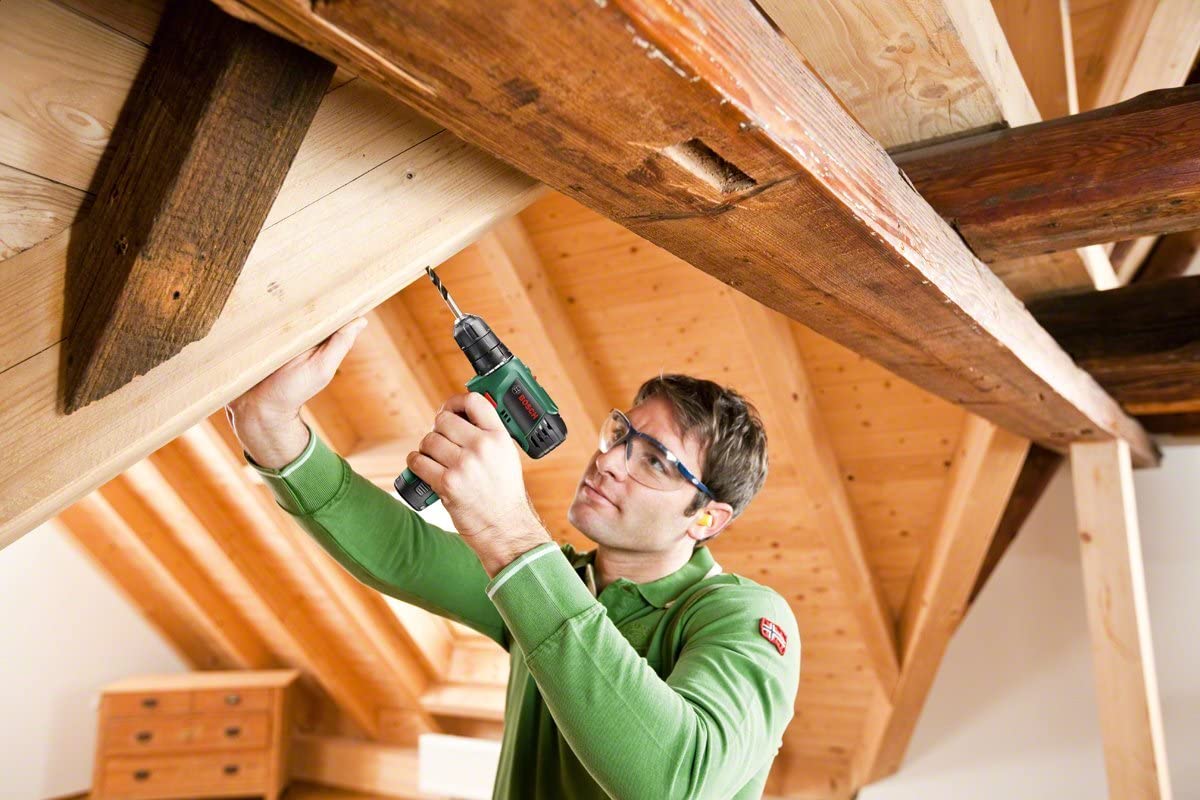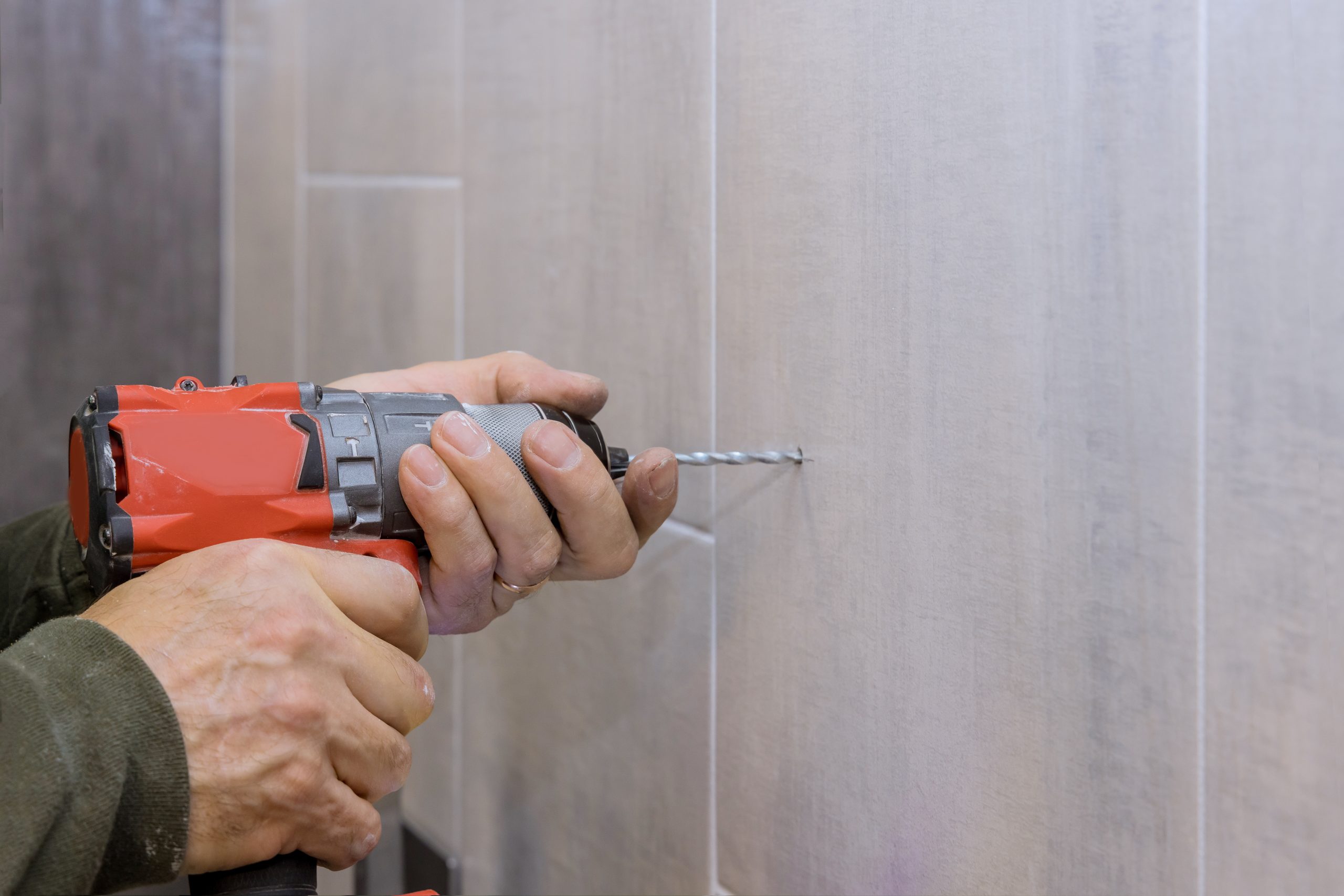
A plate compactor is an indispensable piece of construction equipment used to compact various materials such as soil, gravel, and sand, ensuring a solid and level foundation for various construction projects. This ultimate guide will help you understand plate compactors and select the right one for your project.
Understanding Plate Compactors
Plate compactors are essential in creating a firm, compact surface by applying consistent pressure to the material being compacted. This process enhances stability and helps prevent settling, which can lead to problems down the line, such as cracks and potholes. Plate compactors come in various sizes and configurations, with different plate sizes and compaction forces to suit different types of projects.
Types of Plate Compactors
There are two main types of plate compactors:
A. Single-Direction Plate Compactors
Single-direction plate compactors only move in one direction, which means they need to be turned around manually when reaching the end of a pass. These compactors are generally lighter and more maneuverable, making them suitable for smaller projects and tight spaces.
B. Reversible Plate Compactors
Reversible plate compactors can move in both forward and reverse directions, making them more efficient for larger projects with greater surface areas. They are typically heavier and generate more compaction force, making them ideal for more demanding projects.
Key Factors to Consider When Choosing a Plate Compactor
A. Project Size and Material
The size of your project and the type of material you’re working with will significantly influence your choice of plate compactor. Lighter, single-direction plate compactors are suitable for smaller projects, while heavier, reversible plate compactors are better for larger projects and more challenging materials.
B. Plate Size
The plate size determines the area that the compactor covers in one pass. Larger plates offer greater coverage and efficiency, while smaller plates provide better maneuverability in tight spaces. Choose a plate size that best fits the scale and complexity of your project.
C. Compaction Force
The compaction force, measured in pounds per square foot (psf) or kilonewtons (kN), is the amount of force the plate compactor exerts on the material. Heavier compactors generate more force, making them suitable for more demanding projects. Consider the required compaction force for your specific project when selecting a plate compactor.
D. Engine Type and Power
Plate compactors are powered by either gas or diesel engines, with varying levels of horsepower. Gas engines are generally lighter, quieter, and more environmentally friendly, while diesel engines provide more power and torque. Choose an engine type and power level that meets the demands of your project.
E. Vibration Frequency
The vibration frequency, measured in vibrations per minute (VPM) or hertz (Hz), affects the plate compactor’s performance. Higher vibration frequencies result in better compaction but may cause more wear and tear on the machine. Consider your project’s needs and the durability of the plate compactor when evaluating vibration frequency.
Additional Features to Look for
A. Water Tank
Some wacker plates come equipped with a water tank and spray system, which can help reduce dust and keep the material moist during compaction. This feature is particularly useful when working with asphalt or other materials that require moisture control.
B. Transport Wheels
Transport wheels can make it easier to move the plate compactor around the job site, especially if you’re working on larger projects. They can be a handy feature to have, saving time and effort.
C. Padded Handlebars
Operating a plate compactor can be a physically demanding task, and padded handlebars can help reduce operator fatigue and improve comfort during extended use.
D. Self-Propelled System
Some plate compactors are designed with a self-propelled system, which can be helpful for reducing operator fatigue and increasing efficiency during operation. This feature is especially useful for larger projects and more challenging terrains.
Renting vs. Buying a Plate Compactor
Depending on the frequency and duration of your projects, you may want to consider renting a plate compactor rather than purchasing one outright. Renting can be a cost-effective solution for occasional use or short-term projects, while buying a plate compactor can be a better investment if you anticipate using it regularly for multiple projects.
Conclusion
Choosing the right plate compactor for your project is crucial for ensuring a stable, compact surface and preventing future problems. By considering factors such as project size, material type, plate size, compaction force, engine type, vibration frequency, and additional features, you’ll be able to select the best plate compactor for your needs. Whether you’re renting or buying, taking the time to understand your options will lead to a more successful project outcome.

